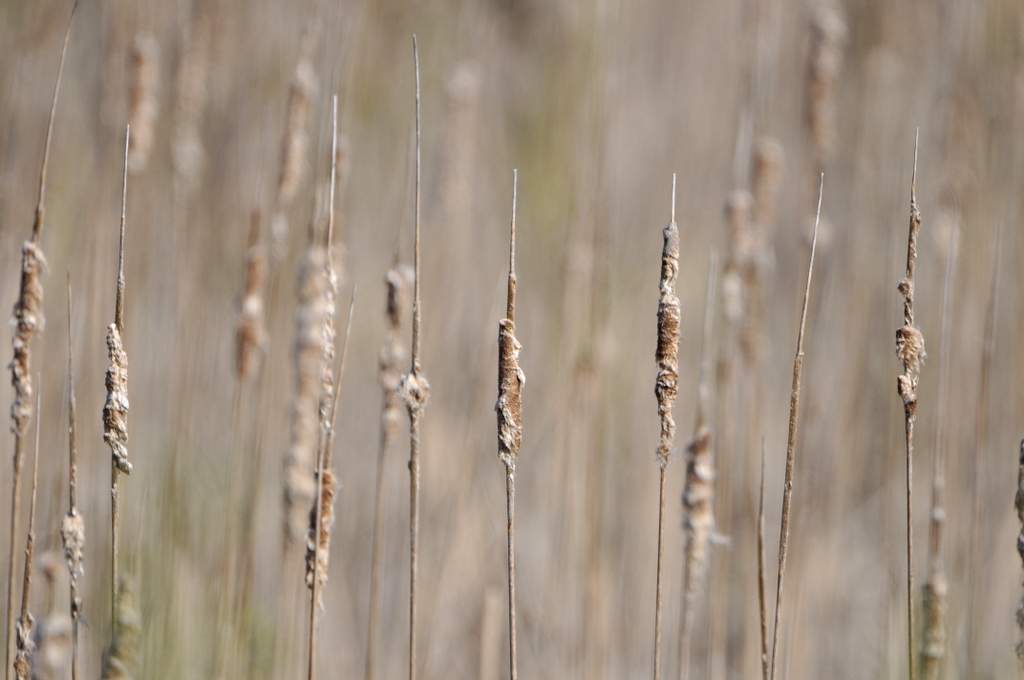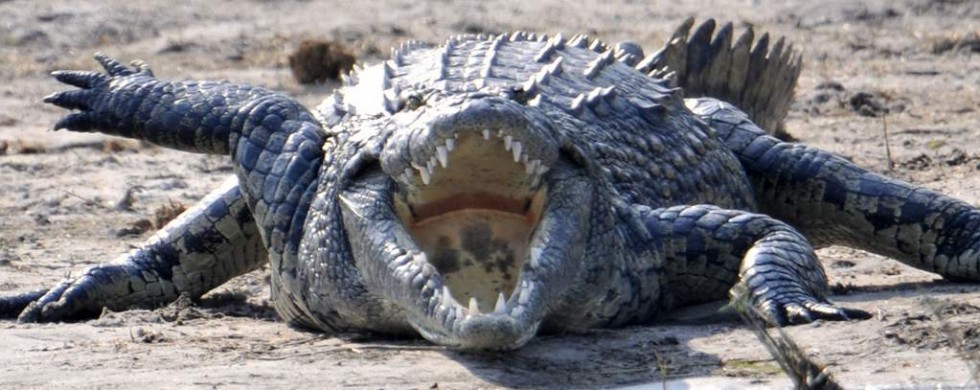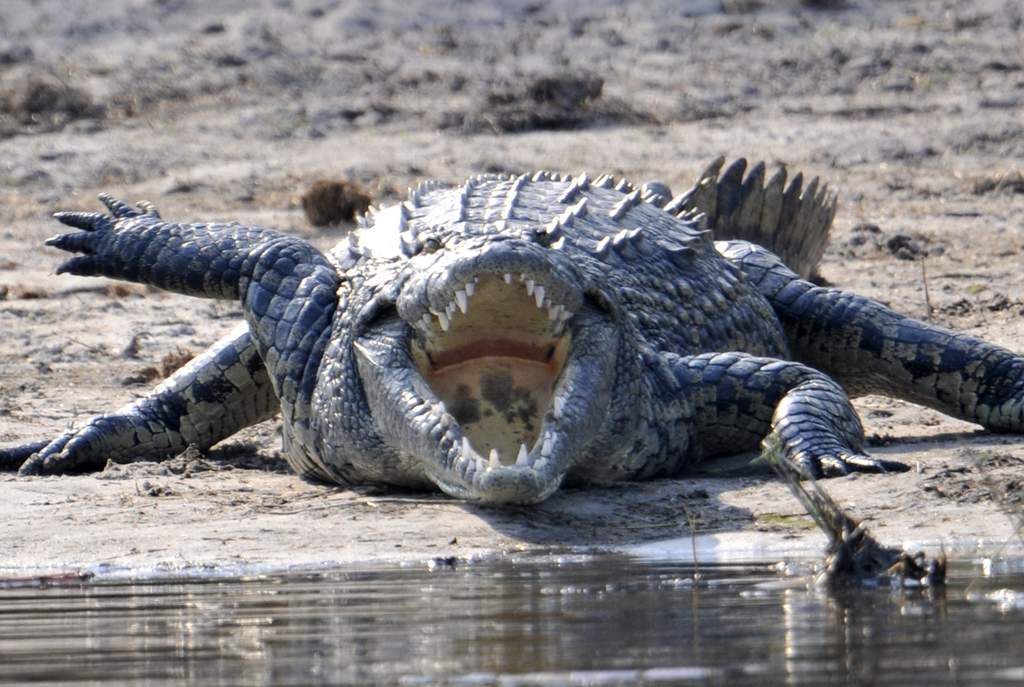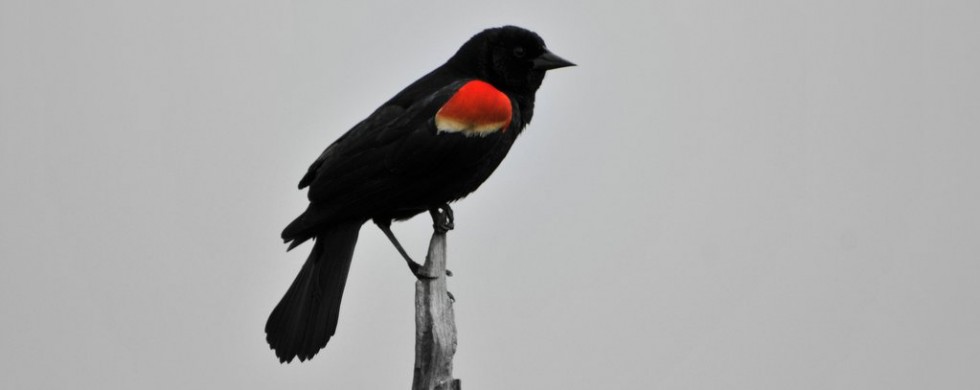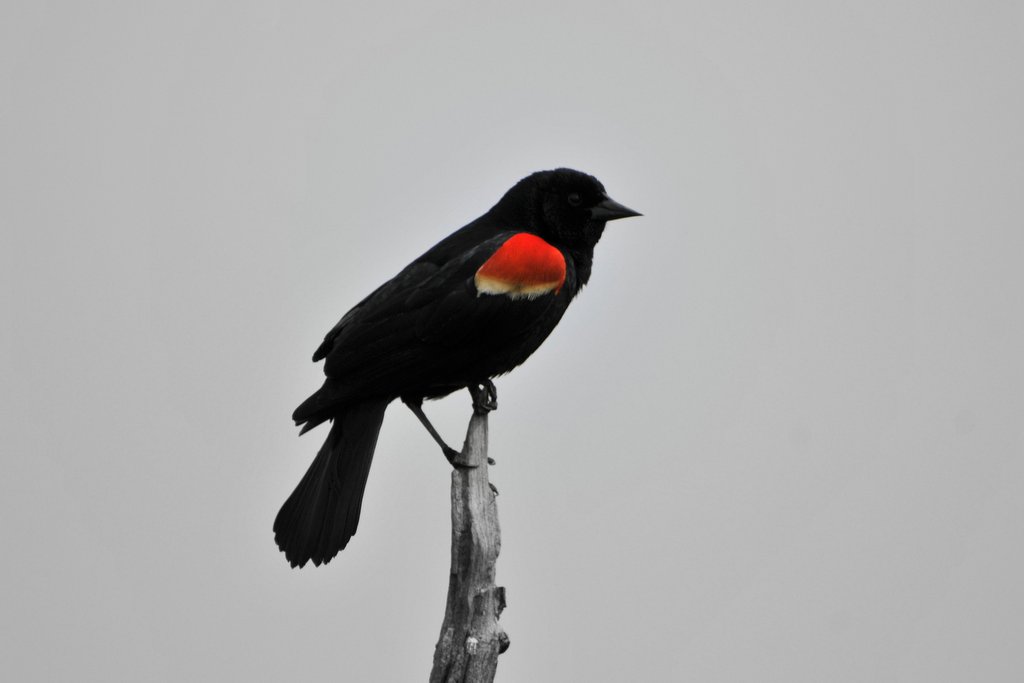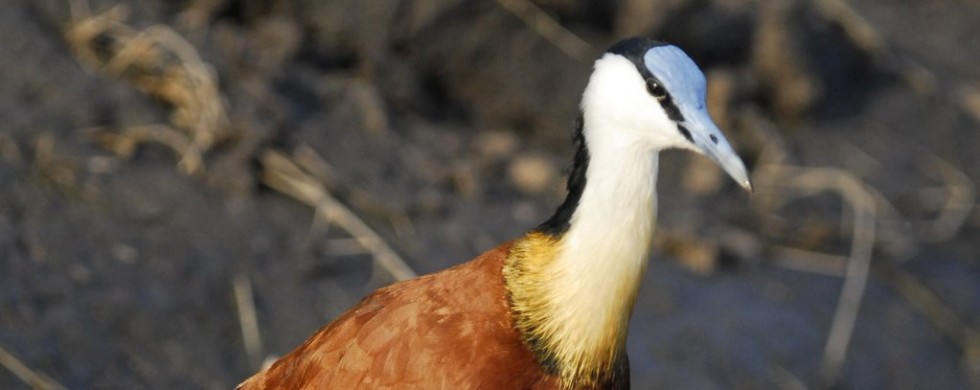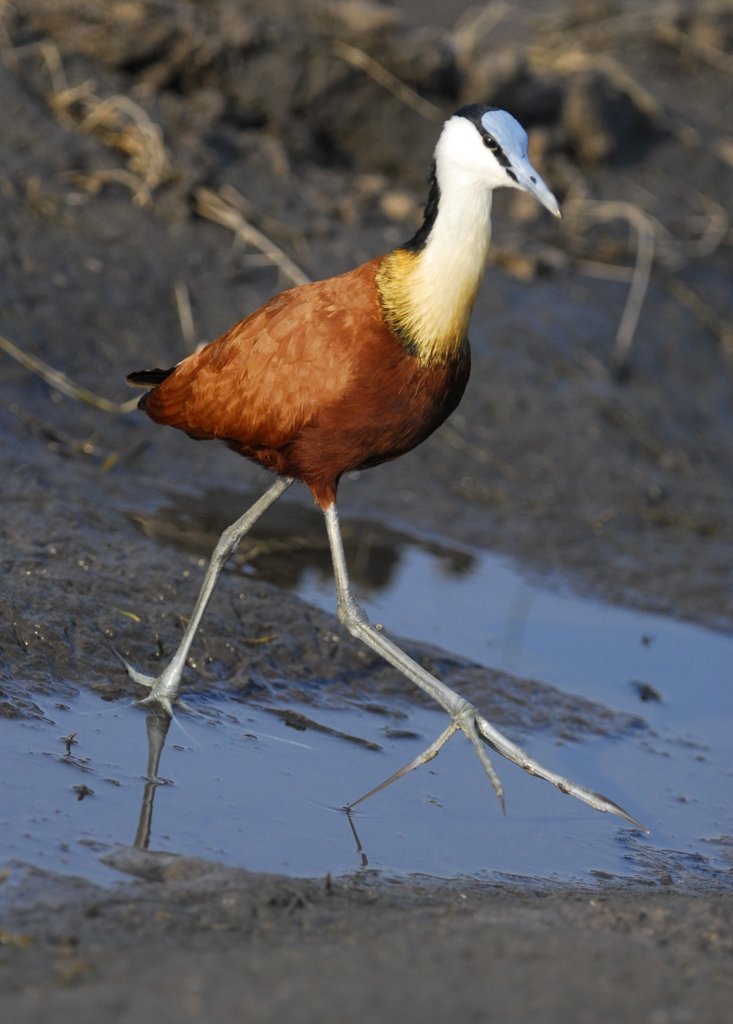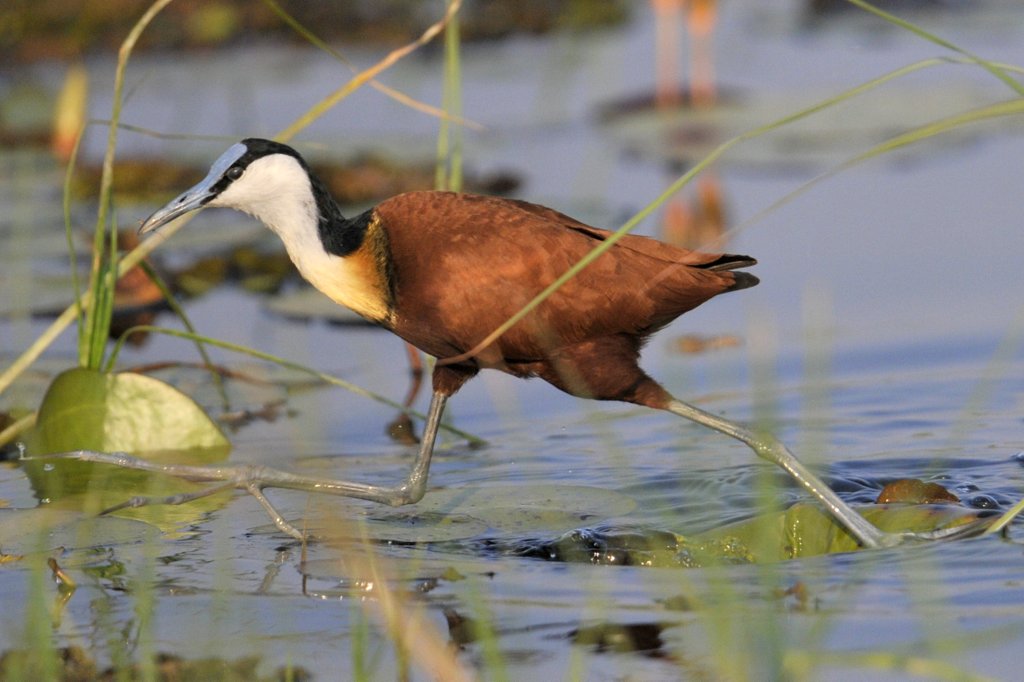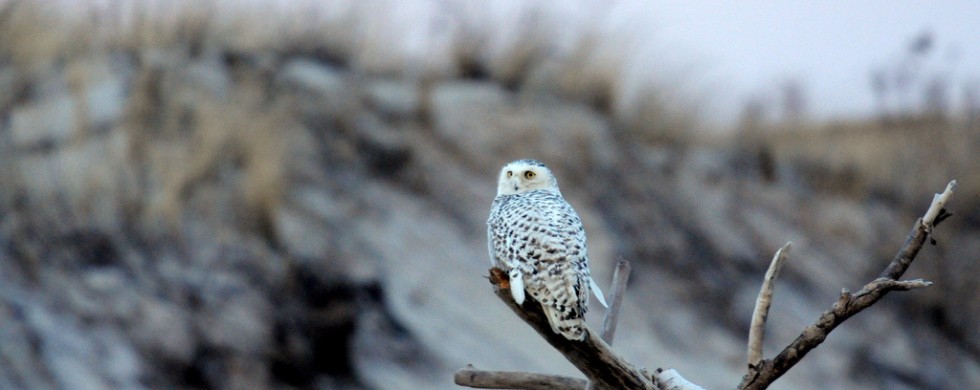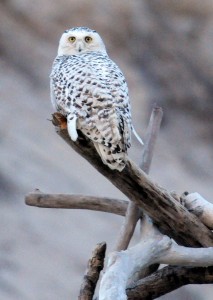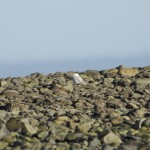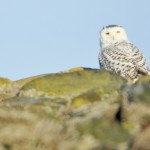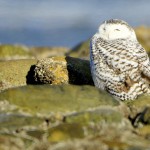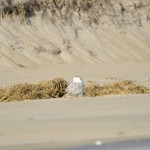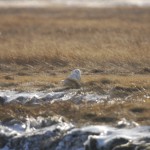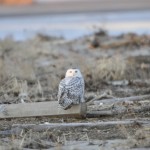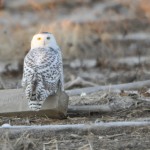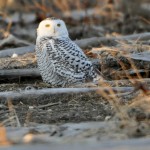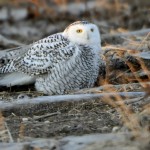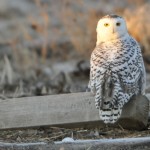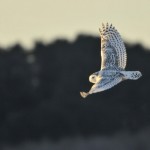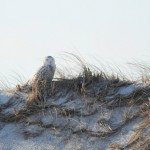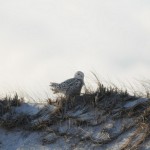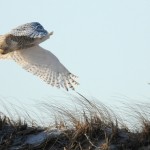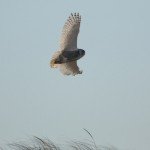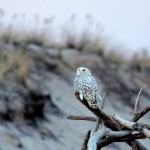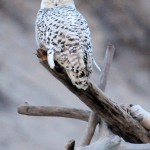15
Shot of the Month – May 2012
This image makes me very uneasy. My eyes keep drifting past those rows of teeth. Past that mottled tongue. Back to that space where the two jaws meet. My gaze becomes locked as I imagine what this view means for creatures unfortunate enough to see the inside of a crocodile’s mouth.
I photographed this Nile Crocodile in Botswana from quite far away. Very far away actually. I was in a vehicle, on the other side of a large river. I felt uncomfortable then though the danger was nil. Even now, sitting safely in my chair a continent away — a sense of dread. My eyes dart to those teeth. Then to those eyes. The eyes are so tiny. They seem almost like an afterthought. A killing machine so massive and efficient, 55 million years in the making, that it almost doesn’t need to see? And then back, back, deep into the throat of the abyss. My eyes are unable to look away. My mind seized in the grip of forced contemplation of my mortality.
My inability to mentally break free is well-founded in reality. Once in the jaws of a crocodile escape is all but impossible for mortal creatures. No other animal on the planet exerts as much force as the crocodile – in fact, the comparison is absurd. Rottweiler dogs can clamp down on your leg with 335 pounds/square inch of force. Ouch, bad dog. Hyenas can crush bones with their powerful jaws and can apply up to 1000 pounds/square inch. The great white shark has a legendary powerful bite and can exert 1,800 pounds/square inch (Dun-dun Dun-dun!).
Whatever.
If you want to break free from the bite of that pesky 1-ton crocodile pulling you into the water for a swim you will need to overcome more than 5,000 pounds/square inch of force. Good luck with that.
I am having a hard time finishing the narrative for this Shot of the Month. Normally I sit and look at the image and the ideas and words flow. In this case, the creative process grinds to a halt as my eyes lock and the mind turns. It is more portal than picture. To feelings and ruminations I rarely experience with a wildlife photo.
The journey is illuminating, motivating even, but dare not linger.
Until next month……
(note to self: next month find a photo of a cuddly, fluffy bunny to talk about….)
15
Shot of the Month – April 2012
The well-known fairy tale, The Beauty and the Beast, is centered around two characters. The first is a young woman, aptly named “Belle” who embodies all that is beautiful in the world. The second character, the “Beast” is wild and grotesque and a perfect foil to Belle.
This month I offer you the African Jacana, a creature that could make this play into a one “man” show. (The one shown here was photographed in Botswana)
Starting from the top the Beauty is easy to see. The blue forehead and bill are in stark contrast to the black head and bright white neck. Look a bit lower toward the base of the neck and we find a lovely golden necklace that leads us to the body which is adorned in a dark, rich chestnut color.
Stop there, the end of Act One, and we have a truly lovely bird.
Act Two begins as our gaze continues lower, and here we encounter nothing but the Beast.
Check out those Gargoyle legs?! The disconnect is jolting. An exquisitely colored, delicate little bird which suddenly transforms into a Pterodactyl.
Although those feet are not terribly attractive, they are incredibly effective at allowing the African Jacana to walk across floating leaves or lily pads, where these birds spend much of their time looking for food. Those super-long toes spread the bird’s weight out over a large surface area allowing them to stay afloat. Jacanas are so adept at skimming across the top of the water (or so it appears at a distance) that they are also referred to as the “Jesus Birds.” (get it?) Perhaps more accurately, the jacana is also known as the “Lily Trotter.”
Here you can see those wondrous feet in action:
There you have it, the African Jacana, beautiful in form and in function, though perhaps not at the same time.
Until next month…..:-)
15
Shot of the Month – March 2012
Iceberg? Huh? What iceberg? You know the one. I am talking about the “proverbial” hunk of ice that you hear so much about. And when people refer to said metaphorical ice flow, which part gets all the attention? Yes, exactly — the tip. As we learned in 5th grade science, only about 10% of the total volume of an iceberg is visible above the surface of water. That relatively small object that we see floating fails to convey the true scale and entirety of the object. We often use the phrase to indicate that we have not fully expressed or captured the scale of a problem.
“Jimmy, use the phrase in a sentence.”
“Yes, ma’am.”
“Climate change is making severe weather events more frequent and more intense. Yes, that is true, but that is just the tip of the iceberg.” (Jimmy, apparently, has a strong sense of irony also.)
Photographers, like me, rarely allow you to peer beneath the surface at what lies below. We deal almost exclusively at the very tipity tip of the iceberg. When we show you an image, if we are smart, we only share the best of the best of what we have captured. When you see an image on a website, in a magazine, at a gallery, on a card, or via whatever medium of choice, you are seeing the tip of the iceberg.
So, what lies beneath the surface? What makes up that massive pyramid on which this image rests? For a wildlife photographer, capturing a compelling image of a wild creature is stunningly difficult. For a given “winner” shot there can be thousands of images that didn’t work. Too dark. Too blurry. A branch in the way. The light too harsh. Light is too dull. Boring composition. Too far away. Too close. The damn thing blinked. It looked away. It ran away. It flew away. The shutter speed was wrong. Wrong aperture setting. Used the wrong white balance. Too much grain. Got a picture. Could show you, but I never would. Too embarrassing. Didn’t work. Too much…too little…just too ________.
That is a big part of the iceberg.
Another part of that iceberg, that you never see, is a massive space of — nothingness. Never even got a picture. Finding wildlife is HARD. Many hours are spent looking. Driving. Walking. Sitting. Seeing, nothing. Of course, the more elusive the animal, the more I want to photograph it. That is my curse, my insanity.
There is an Audubon wildlife area near where I am living here in Vermont. I have gone about a half dozen times over the last year. I have yet to get a single usable photo. There is nothing unusual about that — that is expected. This weekend we went to explore a new area in the NorthEast Kingdom — we hiked for three hours. A nice walk through the forest. A lovely day spent, far, far below the surface of the water. I took a few shots of a very small bird, that was very far away, into the sun. File, delete.
Since moving to the upper northeastern part of the US last year I decided that one of my goals would be to get a good shot of a Snowy Owl. I have never lived far enough north previously to make this a feasible venture. That was my winter project (and will be for the next several years). Given that I do have a day job and various family and social responsibilities, the time for this project was limited. I managed to get out on three weekends. For two of those trips I traveled to Parker River National Wildlife Refuge — seems that most years a few Snowies come down from the Arctic to spend the winter at this coastline park.
I was very lucky in that I did see Snowies almost every day. Here is the best shot I have so far.
This is not a shot I would display publicly.
(I actually feel a little queasy).
It is an OK shot. But the light was weak. The bird was quite far away for my lens. I had to use a very high ISO setting (Remember ASA ratings for film? This is the digital equivalent) to make an exposure. So to create this image I had to crop the photo significantly, but that high ISO then caused the image to be very grainy.
Unacceptable for public consumption.
Other shots from the depths? (click on an image to see it larger)
You will find no shots of Snowy Owls on my website. Not yet. This iceberg is a work in progress.
There are many similar blank spots on my site.
My spring project is Wood Ducks….wish me luck.
Stay tuned, hopefully towering icebergs are on the horizon.
All the best…michael

